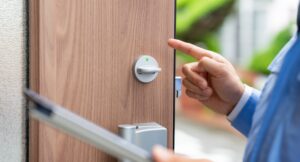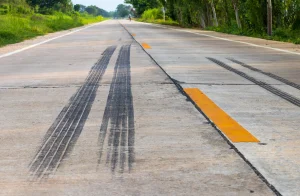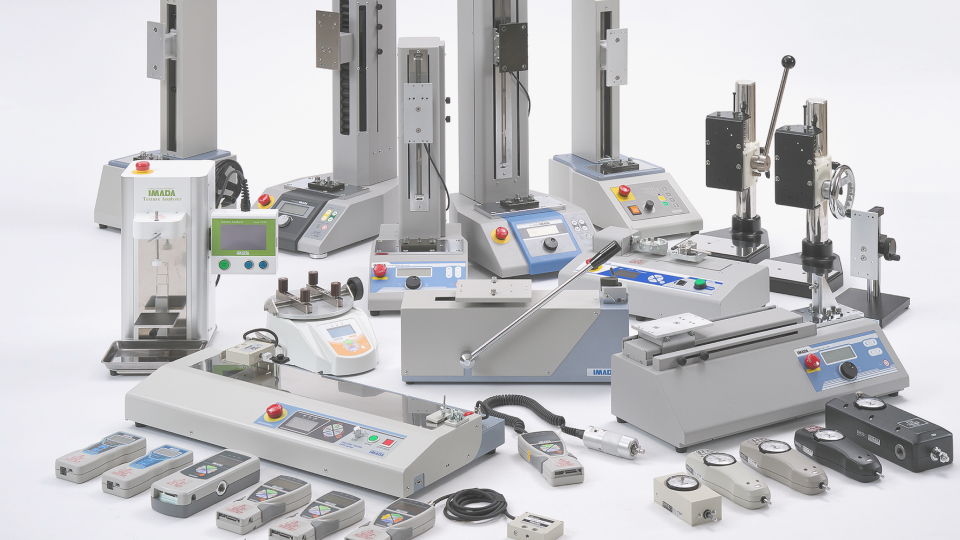
What Day is October 10th?
In Japan, the second Monday of October is “Sports Day” and it was October 10th in 2022. According to the Japan Anniversary Association, October 10th is the day with most anniversaries in a year1). One of these anniversaries is Fall Prevention Day, established by the Japanese Society for Fall Prevention. On Fall Prevention Day, the Ministry of Health, Labour and Welfare, and the Consumer Affairs Agency team up with the Japanese Society for Fall Prevention to raise awareness of falls prevention2).
Falls – Greater Risk than Transport Accidents?
It might have surprised you that there is an anniversary for “falls prevention”. However, falls are the cause of more deaths than transport accidents in Japan3). The risk of falls follows us literally at every step in our lives. In this issue we discuss “slipperiness”, which is significantly associated with such falls. Have you ever had moments when you almost slipped and fell on a rainy day, or on a wet floor after cleaned? Even at home, you may remember the scene where you held your breath foreseeing the risk of falls, for instance, when children running around with wet feet.

What is C.S.R?
Do you know that there is a test method to quantify and evaluate slipperiness in order to reduce such hidden dangers? You may have seen them at stations, buildings, or other public spaces.
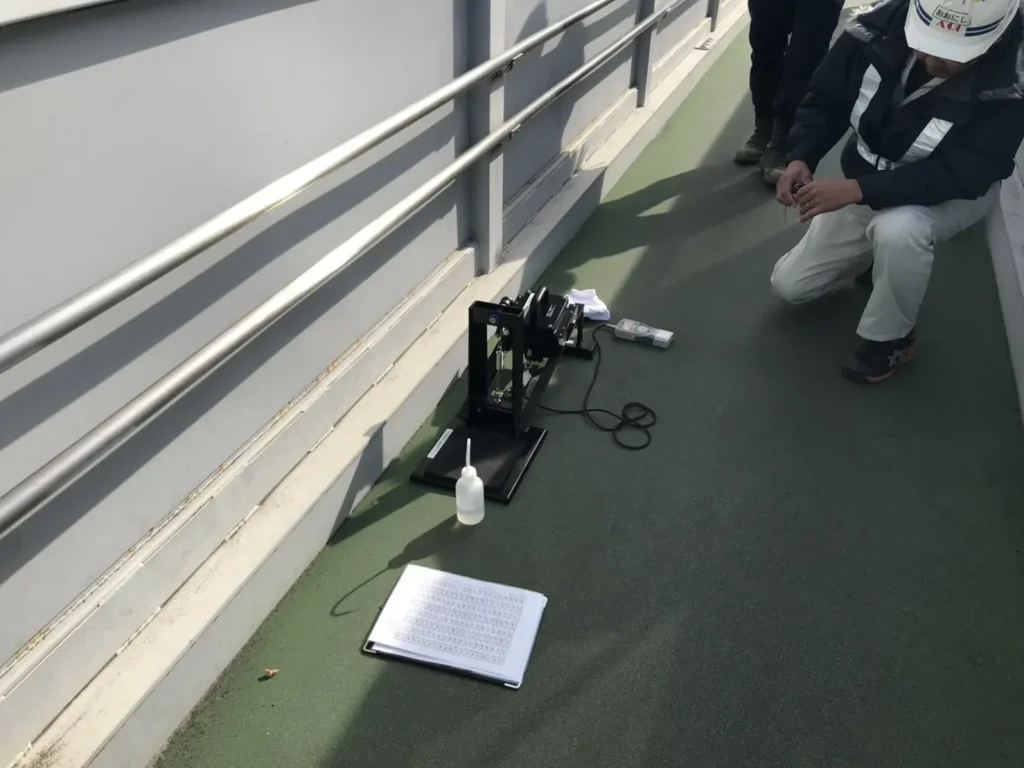
Source: Japan Boukatsu Association, CSR Test https://boukatsu.org/20200410-3/
Places used by a large number of people must comply with the guideline based on “The Act on Promotion of Smooth Transportation of Elderly Persons, Disabled Persons, etc. (June 21, 2006) (Act No. 91)” In the guideline, it is stipulated that for slipping on the floor, the coefficient of slip resistance (C.S.R) measured by the slipping test of the floor material specified in JIS A 1454 is used as an evaluation index (when wearing footwear)5). In this test, a weight with a specified sliding piece (similar to the material of a shoe sole) pasted is slid on the floor. It is designed to reproduce the state of the foot when walking6). Now, what exactly this result of the test, “coefficient of slip resistance (C.S.R)” means?
In this standard it is represented by the following formula:
C.S.R=Pmax/W
Pmax: Maximum tensile load (N)
W: Vertical load (N) = 785N
In words, it shows how much force is required to drag a weight (approximately 80 kg) that can be pulled with a force of 785 N. As a result, the slipperiness of the floor is quantified.
Since W is a fixed value, C.S.R increases as Pmax increases, and C.S.R decreases as Pmax decreases.
If the force required to drag the weight is large, it will be less likely to slip, and if it is small, it will be slippery.
For entrances and exits of buildings, for instance, C.S.R = 0.4 or higher is recommended.

Source: REX Co., Ltd. https://www.rex-rental.jp/large/070/middle/140/product/20865
In this test, The Portable Pull Slip Meter (ONO・PPSM) manufactured by Touhoku Sokki Corp is used. It is compatible with the “O-Y PSM” that conforms to the above standards, and can be used for measurements in various locations7). IMADA separated sensor force gauge ZTS-DPU series is used with this tester to measure “Pmax: maximum tensile load (N)”.
Friction, it is!
For those who understand the formula, it would not be so hard to figure out that it is in other words “coefficient of static friction”, which may sound more familiar.
The coefficient of static friction is a ratio indicates how difficult it is to slip. Friction tests are often performed employing a test piece such as paper or film attached to a sled of certain weight, placing it on the surface of the same or different materials, and pulling it at a constant speed.
The coefficient of friction is calculated by dividing the maximum tensile force by the sled mass.
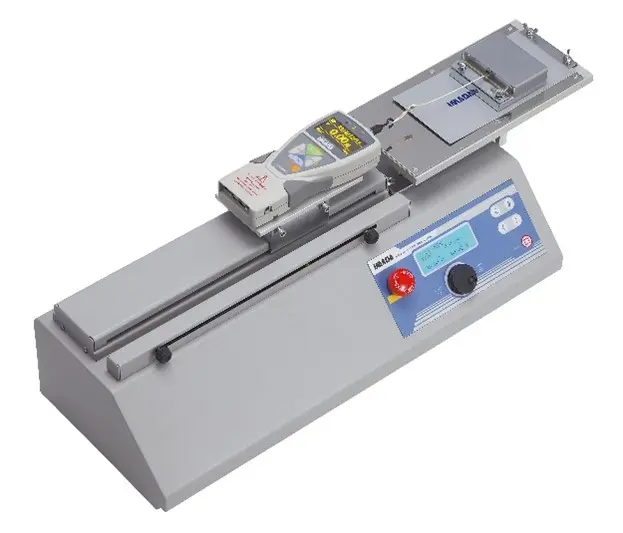
Coefficient of friction test of packaging film using IMADA horizontal measuring stand MH2 series, digital force gauge ZTS series, friction coefficient measurement jig COF2 series, and cable
https://www.forcegauge.net/solution/force/friction_test/48524
It looks different, but the mechanism is the same.
Want it to Slip or Not?
Paper and film are common samples of friction testing.
The coefficient of friction is used to prevent paper jams in copy machines and to prevent troubles in film wrapping machines. For example, with regard to films, the coefficient of friction is one of the important indicators in the evaluation of materials, given the recent demand for sustainable packaging materials.
Here is another example in our daily lives. In the coming season, the people in snowy regions will start shoveling snow. The snow is scooped up with a shovel and thrown away, but you may sometimes struggle because the shovel is not slippery enough to remove the snow. This is exactly where static friction is getting in the way. If you use silicone spray to make it slippery, the snow will slide off smoothly, increasing work efficiency. This is because the coefficient of friction changed before and after applying the silicone spray.
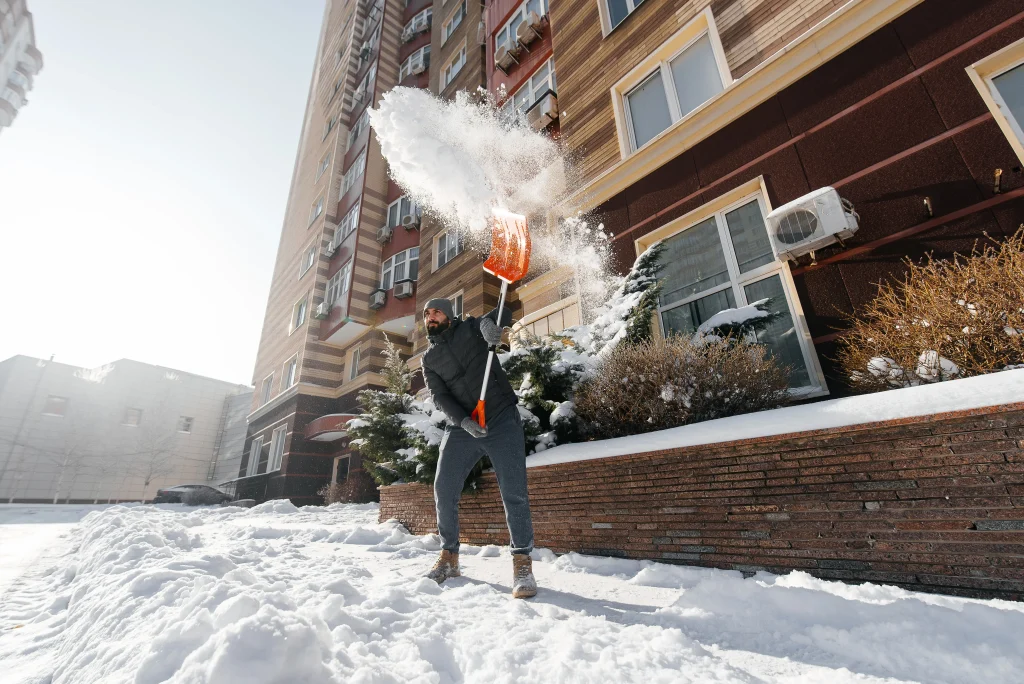
Safety Starts from Your Steps
You can find another article on coefficient of friction introduced in “Measure this and that” on this website. As you can see, there is a lot of friction in life!
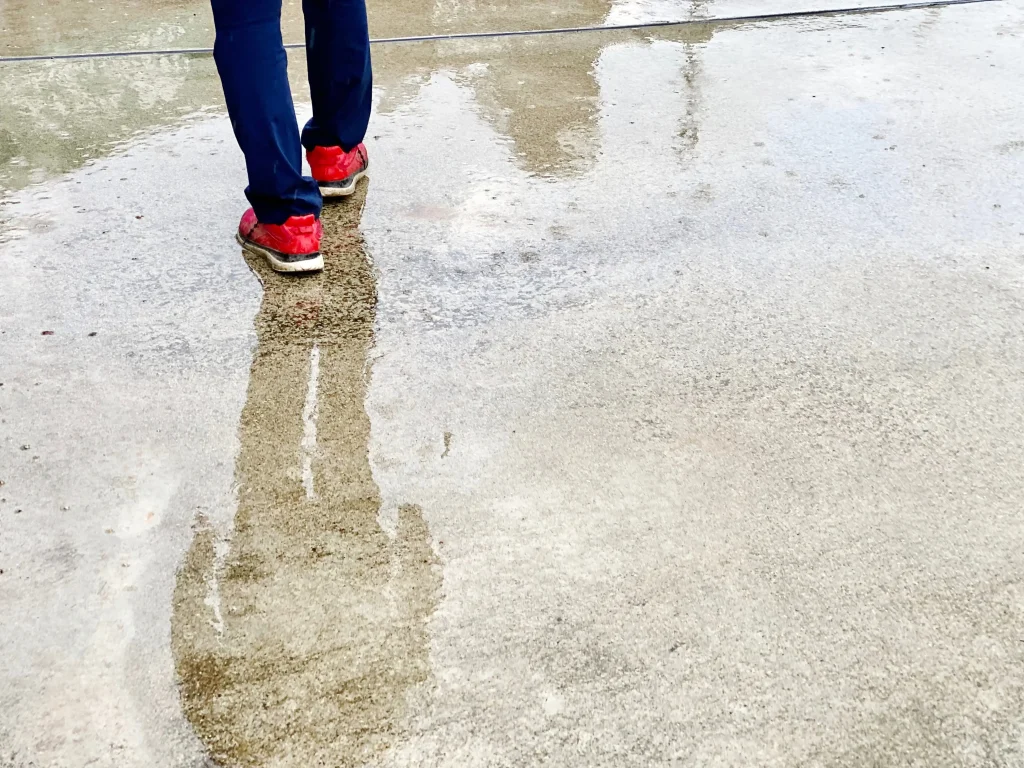
The late Masatoshi Koshiba, who won the Nobel Prize in Physics in 2002, once asked a question in the exam, to describe what would have happened if there were no friction in this world8).
The answer is…
[ ] (blank)
That’s right. If you leave it blank, you get it ticked. This is because if there were no friction, the tip of the pencil would have slipped and you would have not been able to write. How profound…!
Now, try sliding your feet on the floor that is right under your feet. What do you think the C.S.R value is?
Remember, safety starts from your steps!
Thank you for reading through till the end.
Hope to see you next time!
*Last but not least, I would like to express my gratitude to Touhoku Sokki Corp for their support for providing information and their product introduction for this article.
References
1) Japan Anniversary Association https://www.kinenbi.gr.jp/mypage/4487
2) Ministry of Health, Labour and Welfare, Fall Prevention Day https://www.mhlw.go.jp/stf/newpage_21393.html#:~:text=10%E6%9C%8810%E6%97%A5%E3%81%AF %E6%97%A5%E6%9C%AC%E8%BB%A2%E5%80%92%E4%BA%88%E9%98%B2%E5%AD%A6%E4%BC%9A%E3%81%8C,%E8%BB%A2%E5%80%92%E4%BA%88%E9%98%B2%E3%81%AE%E6%97%A5%E3%80%8D%E3% 81%A7%E3%81%99%E3%80%82
3) Ministry of Health, Labour and Welfare, 2020 Vital Statistics Monthly Report Annual Total (approximate numbers) Table 6 “Number of deaths / mortality rate (per 100,000 population), by simple cause of death classification”
4) Ministry of Land, Infrastructure, Transport and Tourism, “Building Design Standards Considering Smooth Movement of Elderly and Disabled Persons (3.9 Floor Sliding)” https://www.mlit.go.jp/common/001392062.pdf
5) Ministry of Health, Labour and Welfare, Regarding barrier-free buildings https://www.mlit.go.jp/jutakukentiku/jutakukentiku_house_fr_000049.html#guideline
6) Hidenori Ono (2004) “Development of Portable Slip Meter (ONO・PPSM)”, Journal of Structural and Construction Engineering, Architectural Institute of Japan, No. 585, 51-56.
7) Touhoku Sokki Corp, Portable slip tester (ONO・PPSM) https://www.touhokusokki.com/service/detail_03.php
8) “Nagasaki Shinbun Nordot” 2020.11.14


